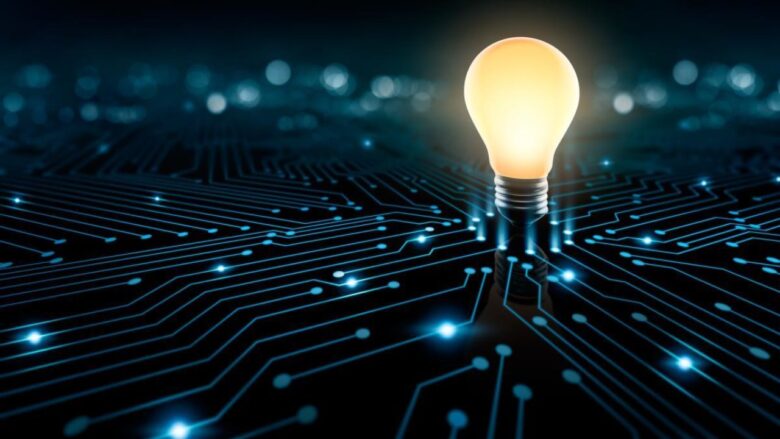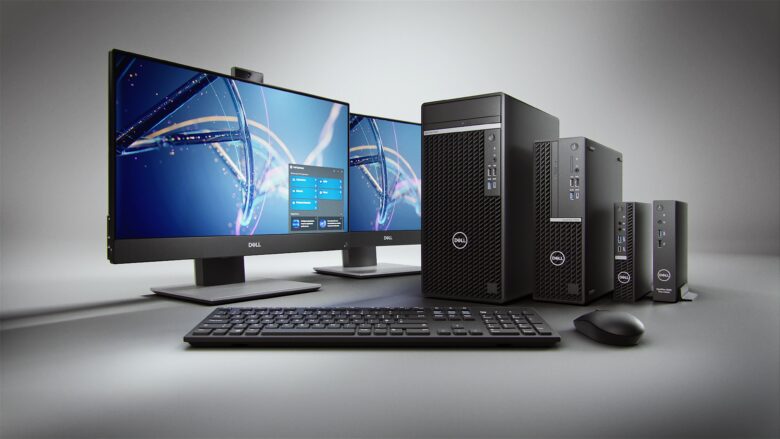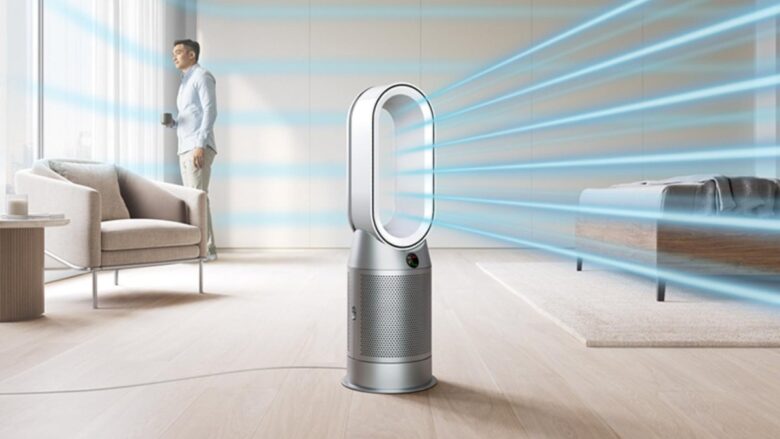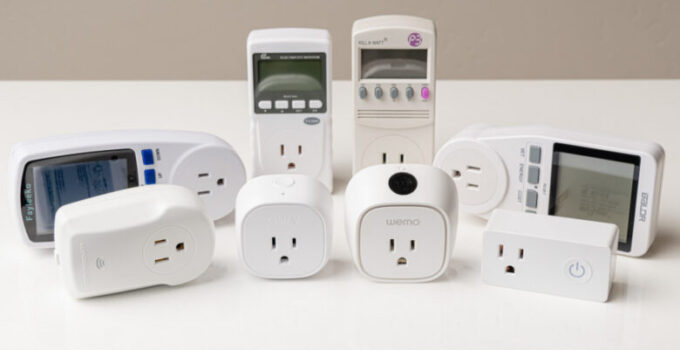Every day, we utilize various Gadgetsgadgets: laptops, smartphones, tablets, and more. But have you ever wondered how much energy these indispensable tools consume? The truth is, even though they might seem harmless, our gadgets can be quite the energy vampires. Let’s demystify this complex world of energy consumption, taking the microscopic view to understand how our daily interactions with technology add up on a grand scale.
Now, you might wonder – how does a gadget consume energy? Every device requires electricity to operate its hardware and run its software. This energy is usually measured in watts, with a higher wattage denoting greater consumption. Your laptop, for instance, might consume 50 watts while it’s running, while your smartphone might use less than 10 watts. However, it’s not just about how many watts a device uses; its active-standby power consumption can also add significantly to your gadget’s total energy usage.
Energy usage isn’t consistent among all gadgets either. Different devices have different demands depending on their functionality, size, and technology used. For example, a desktop computer with a large screen and powerful components will generally consume more energy than a smaller, less powerful laptop. This variation in consumption has significant implications, both for our personal energy usage and for wider societal issues such as energy conservation and climate change.
The Impact of Gadgets on Energy Consumption

Source: astanatimes.com
It’s hard to imagine a world without gadgets. They’ve become an integral part of our lives, both professionally and personally. However, this widespread use of devices has led to a significant increase in electricity consumption worldwide. According to the International Energy Agency, the energy consumption of consumer electronics increased by more than double between 1990 and 2017.
One factor that contributes to this increasing energy consumption is the growing number of devices per household. As technology becomes more accessible and affordable, more people own multiple gadgets, each contributing to the total power consumption. This trend is unlikely to change soon, emphasizing the need for energy-efficient devices and practices.
Moreover, our reliance on digital technology has been accelerated by recent global events, such as the COVID-19 pandemic. As more people work and learn from home, our collective electricity usage from gadgets is skyrocketing. These changes in our lifestyle, combined with the increasing number of devices per household, underscore the urgency of understanding and mitigating the energy consumption of our gadgets.
Common Culprits: High-Energy Device to Watch Out For

Source: dell.com
The most power-consuming gadgets typically include desktop computers, large-screen TVs, and gaming consoles. These devices often consume hundreds of watts when active, significantly more than smaller devices like smartphones or tablets. For example, ExpressVPN checked that gaming laptop consumes 300-500 Watts. It costs 196 USD a year in an energy bill. But, oppositely, if we are gaming in a VR headset, only 665 kWh are used per year only.
Desktop computers, for instance, are built with powerful processors, larger displays, and multiple components that consume significant amounts of power. Similarly, gaming consoles, with their high-resolution graphics and fast processors, also require a lot of electricity to operate. High-definition televisions, particularly those with large screens, also top the list due to their bright displays and sophisticated image processing capabilities.
But it’s not just the active power consumption that you need to consider. Standby power – the power that your gadgets consume when they’re turned off but still plugged in – can also add up over time. Some devices, like game consoles and set-top boxes, can consume a significant amount of power even when they’re in standby mode. Therefore, it’s crucial to be aware of both active and standby power consumption when assessing your gadgets’ energy usage.
Evaluating Standby Power: The Hidden Power Drain

Source: ingenuitydesigngroup.com
Standby power, also known as vampire power or phantom load, is the energy that your gadgets consume when they’re turned off but still plugged in. Standby electricity is a significant source of electricity waste that often goes unnoticed because it occurs behind the scenes. A charger left plugged into a socket, a computer in sleep mode, a TV on standby—all these scenarios contribute to the stealthy power drain.
While individual devices may consume little electricity in standby mode, the combined effect of multiple devices can be substantial. A study by the Natural Resources Defense Council (NRDC) found that standby power could account for up to 23% of residential electricity consumption. This translates into billions of kilowatt-hours wasted each year, adding unnecessary costs to your energy bills and contributing to greenhouse gas emissions.
To tackle standby power, it’s essential to adopt some power-saving habits. Unplug devices that aren’t in use, or use power strips with switches that can disconnect multiple devices at once. Also, consider purchasing devices that have lower standby power consumption. By becoming aware of and addressing standby power, you can take a significant step towards reducing your power footprint.
Making Informed Purchasing Decisions

Source: indiatvnews.com
When it comes to buying new gadgets, power efficiency might not be the first thing on your mind. However, choosing energy-efficient gadgets can have significant benefits, both for your wallet and the environment. They consume less power than their less efficient counterparts, leading to lower electricity bills and less environmental impact.
How can you identify energy-efficient gadgets? Look for labels such as the ENERGY STAR label, which indicates that the product meets certain power efficiency standards. You can also check the product’s energy guide label, which gives you information about the product’s power consumption.
Remember, the price of a device is not just the upfront cost. It also includes the ongoing cost of powering the gadget. By investing in energy-efficient units, you can save money in the long run and contribute to a more sustainable future.
Conclusion
It’s important to be aware of how much energy your gadgets are consuming. Not only will this help you save money, but it will also reduce your impact on the environment. By understanding what devices use the most energy and finding ways to limit their usage, you can make sure your gadgets don’t waste electricity unnecessarily. Taking a few simple steps such as unplugging unused chargers or setting timers for when they shut off can help you conserve energy and keep your bills low.




